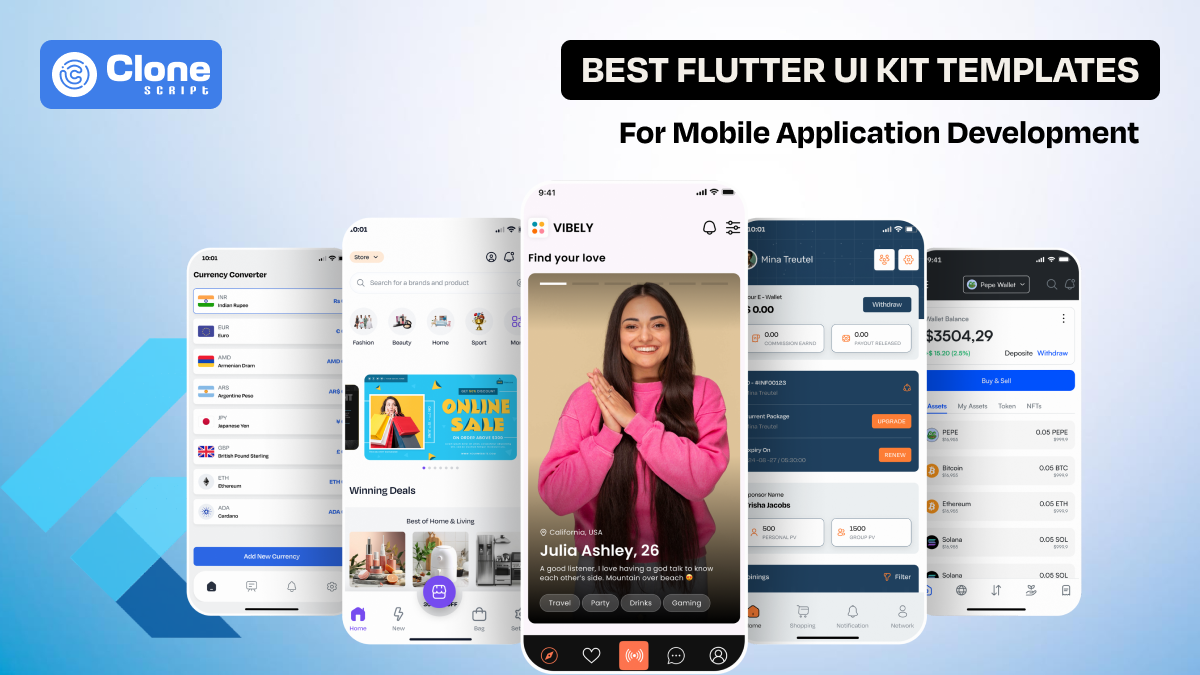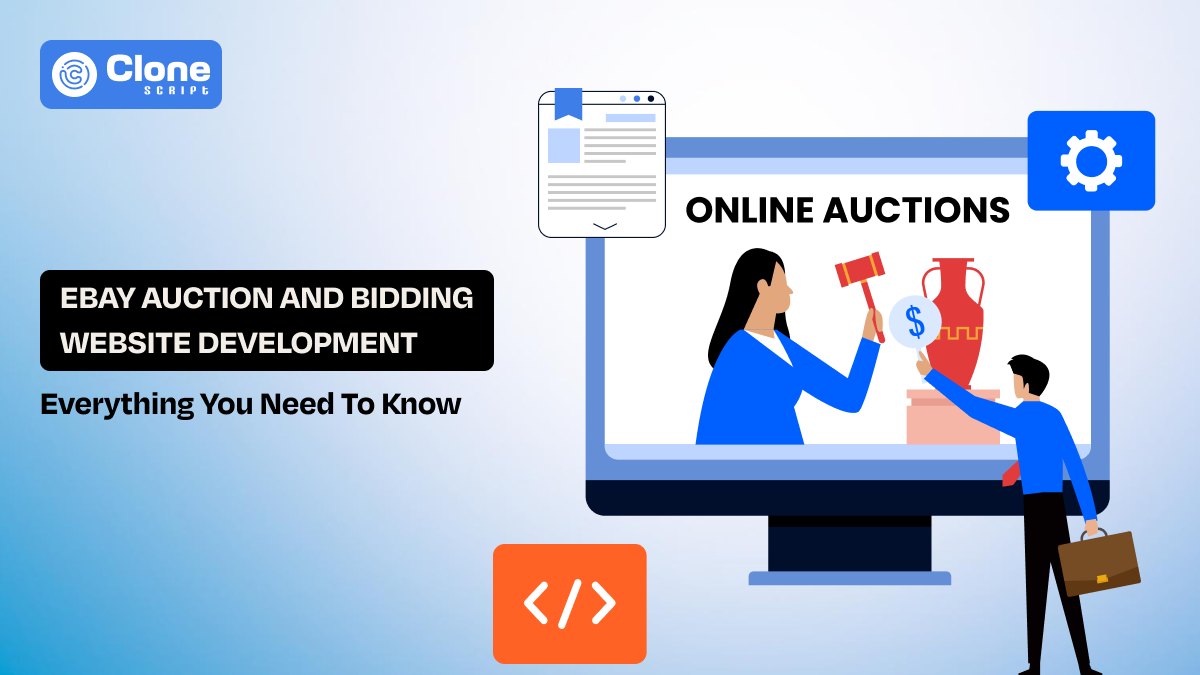How to Customize Website Templates for a Unique Brand Identity
Building a professional business website is more than just placing a few pages together; it’s about telling your brand’s story in a way that feels authentic and memorable. You want it to not only look great but also feel like an extension of your business, something that truly represents what you stand for.
But here's the thing: building a website from scratch can be overwhelming. That’s where website templates come to the rescue. They are a fantastic starting point. They help you get your site up and running quickly, saving time and effort.
But just because you're using a template doesn't mean your website has to look like everyone else’s. You can make it yours, add it with your brand's personality, mission, and values.
In this guide, we'll walk you through how to customize website templates to create a digital space that feels unique to your brand. Whether you're a small business, an entrepreneur, or a creative professional, personalizing your site will help you connect with your audience on a deeper level.
Why Customizing Your Website Template Matters for Your Brand?
You’ve probably come across websites that look almost identical to each other. The same fonts. The same color scheme. The same layout.
It doesn’t feel personal, does it?
Now, imagine a website that truly reflects the vibe of the business behind it. A website where you feel something. That’s the power of customization. It’s about creating a space that feels like home for your visitors, one that tells your unique story and invites them to connect.
Here are some reasons why customizing your web template is crucial:
-
Make Your Brand Stand Out: When you customize a template, you can break free from the generic look of pre-designed sites and create something that truly stands out.
-
Engage and Connect with Your Audience: A customized design speaks to the emotions of your audience. It builds trust and creates an instant connection.
-
Build Consistency: Your website should be a seamless extension of your branding. Customization helps to set up your website's look, feel, and tone to align with your business values across all touchpoints.
-
Stand Out in SEO: When you tailor your website to your users' needs, you can better optimize it for search engines, improving visibility and ranking. Plus, you’ll have more control over the content. This is important to improve your web page positions and get qualified organic traffic from search results.
In addition, you might have a question: Are website builders a better choice than a template?
Let’s say you want an e-commerce website. Thus, between online store website builders and templates, a template is an ideal pick if you have technical knowledge. Meanwhile, a website builder is easy to use and allows you to set up your store quickly.
In both cases, you need professional front-end website development and backend development support.
Ready to dive in? Let’s explore the steps to customize your template and craft a site that’s as unique as your brand!
Learn how to easily customize website templates to reflect your unique brand identity. Stand out online with a personalized design. Make your website presence noticeable.
Step 1: Choose the Template That Speaks to You
The journey begins with choosing the right template, one that resonates with your brand’s style and needs. Remember, a template is a starting point, not the end game. If the template design feels too generic or disconnected from your vision, it’s going to be harder to make it your own.
Look for templates that offer flexibility. Here are a few tips:
-
Match the Template to Your Industry: Is your business in e-commerce, real estate, or perhaps in the creative field? Look for templates that align with your industry’s needs. For instance, a restaurant’s website template should have features for displaying menus and reservations, while an artist might need a portfolio-style layout.
-
Responsiveness Is Key: Today, people browse on mobile devices more than desktops. Make sure the template you choose adapts beautifully to all screen sizes, and your website looks perfect everywhere.
-
Flexibility: Some templates offer more customization options than others. Find one that lets you play around with layouts, fonts, colors, and more, so you don’t feel restricted later on. Especially, small business website templates are made according to improved user experience and overall enhancing the presence.
Step 2: Add Your Brand Colors for Instant Personality
Color is so much more than a design choice, it’s a language that speaks directly to your audience’s emotions. Think about it:
-
When you see red, you might feel excitement or urgency.
-
Blue can create a sense of trust and calm.
-
Yellow is often associated with happiness and positivity.
Choosing the right color palette can make your visitors feel something when they land on your site.
Here’s how to make it work for you:
-
Stick to Your Brand’s Colors: If your business already has a logo with specific colors, make sure to incorporate them into your site. This helps maintain consistency across all platforms, from your website to your social media to your product packaging.
-
Use Color to Highlight What Matters: Colors can be used strategically to draw attention to important buttons, calls-to-action (CTAs), or key content. For example, a bold color like orange or green might work well for your "Shop Now" button.
-
Mind the Balance: You don’t want your site to be overwhelming. Use your primary brand colors for key elements (like headings or CTAs) and use neutral tones for backgrounds or text to keep things balanced.
Step 3: Select the Right Fonts to Reflect Your Brand’s Voice
Fonts are like the tone of your voice when speaking to your audience. They can make your website feel friendly, professional, playful, or serious. The right font can make all the difference in how your visitors perceive your brand.
Here’s how to pick the right fonts for your website:
-
Stay True to Your Brand’s Personality: If you’re a fun and quirky brand, don’t go for a stiff, formal font. Instead, choose something playful and unique, especially in crypto website templates. If your brand is more sophisticated, choose a classic, serif font.
-
Consistency Is Key: Don’t go overboard by using too many different fonts. Stick to one for headings and another for body text. This keeps your design clean and professional.
-
Keep Readability in Mind: No matter how beautiful a font is, it has to be easy to read. Avoid overly decorative fonts for body text and use them multiple times.
Step 4: Customize the Layout to Tell Your Story
Now, it’s time to arrange the building blocks. Your website’s layout is the framework that guides your visitors through their journey. A customized layout that analyzes your content is easy to find, and the user experience feels fluid and natural.
Here are a few things to keep in mind:
-
Prioritize the User Experience (UX): Professional website UI and UX design, make it easy for people to navigate. Place the most important information front and center (like your services, products, or contact details). It indicates how visitors will move through your site and create a logical flow.
-
Use Your Layout to Highlight Key Elements: Whether it’s your brand story, your portfolio, or your products, make sure your HTML layout page supports your business goals. Use easily touchable sections, large images, and bold typography to draw attention where it matters most.
-
Whitespace Is Your Friend: Don’t be afraid of leaving white space around elements. This makes the page feel less cluttered and allows the important details to stand out.
Step 5: Incorporate Custom Imagery That Feels Personal
Stock images are great for some situations, but they can make your site feel impersonal. Custom imagery that reflects your business, whether it’s real photos of your team, products, or a unique graphic style, adds authenticity to your website. A ready-to-go product photo is useful if you want to list them on marketplaces and websites for quick selling.
-
Use Authentic Photos: People love seeing the faces behind a brand. Show behind-the-scenes shots, your team in action, or your workspace. This brings a personal touch to your site and builds trust.
-
Custom Illustrations and Graphics: Illustrations and unique graphics can set your site apart. Consider using them for icons, infographics, or even as part of your branding.
-
Optimize for Speed: Images are a key part of your design, but they can also slow your site down if they’re too large. Compress them to keep things running smoothly.
Step 6: Add Your Voice to the Content
Your website is your opportunity to speak directly to your audience. The content on your site should reflect your brand’s voice, whether it’s conversational, professional, or strange. Your words have the power to connect with people, and a customized website gives you the platform to do just that.
-
Be Authentic: Write your content as if you’re speaking to a friend. Use your brand’s unique voice and tone. Show the real people behind your business, not just the products or services you offer.
-
Compelling Headlines: Your headlines should grab attention. They use hooks that draw people in. Make sure they’re clear, intriguing, and relevant to your audience’s needs.
-
Tell Your Story: Don’t just list your services. Share your journey, your mission, and what makes you different from the competition.
Here, you can take the following professional services:
-
Content marketing includes blog writing, web copywriting, and article writing.
Step 7: Test, Optimize, and Iterate
Once you’ve made all your customizations, it’s important to test your website to make sure everything is working as it should. Gather feedback from real users, and make tweaks to ensure the best possible experience.
-
Test Responsiveness: Make sure your website looks great on every device, mobile, tablet, and desktop.
-
Check for Speed: A slow website can drive visitors away. Test your page speeds and optimize wherever you can. Website speed optimization is helpful to make your site accessible all around the world.
-
Gather Feedback: Ask people how they feel about the site. Is it easy to navigate? Does it feel like your brand? This feedback is gold and can help you make further improvements.
Conclusion: Make Your Website Truly Yours
Customizing a website template doesn’t have to be complicated. By following these steps, you can create a website that feels just as unique as your business. It’s about telling your brand story, building connections, and creating an experience that feels authentic to both you and your customers.
When your website reflects your true brand identity, it becomes more than just a digital presence. It becomes a space where people can connect with what you do and why you do it. So go ahead, infuse your website with your heart and soul, and let it shine as a true representation of your business.
Let’s make the web a little more you. Contact us for a complete website template setup and development with expert guidance.
 BTC - Bitcoin
BTC - Bitcoin
 USDTERC20 - USDT ERC20
USDTERC20 - USDT ERC20
 ETH - Ethereum
ETH - Ethereum
 BNB - Binance
BNB - Binance
 BCH - Bitcoin Cash
BCH - Bitcoin Cash
 DOGE - Dogecoin
DOGE - Dogecoin
 TRX - TRON
TRX - TRON
 USDTTRC20 - USD TRC20
USDTTRC20 - USD TRC20
 LTC - LiteCoin
LTC - LiteCoin







